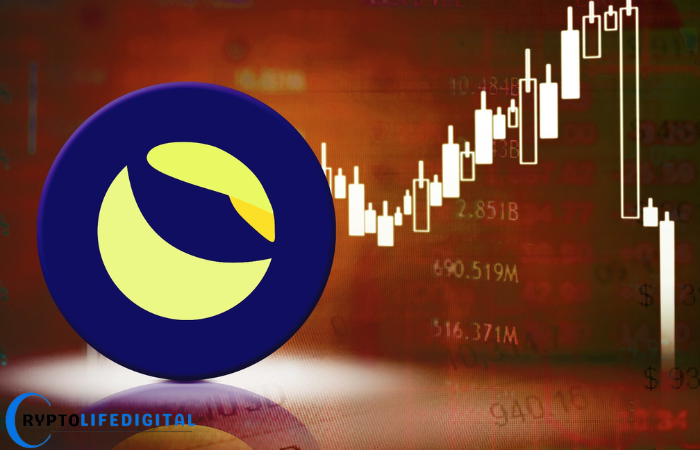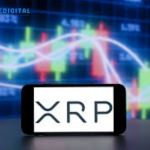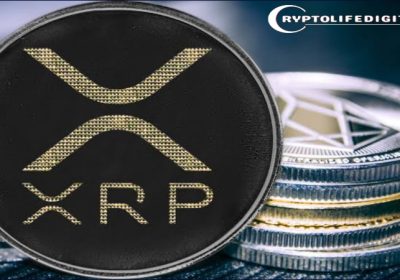Terra Classic Burn Rate Accelerates in November as Community Targets Stronger Deflation

The Terra Classic ecosystem is experiencing a renewed wave of deflationary momentum this November, with burns intensifying across both LUNC and USTC. As of November 19, 2025, more than 2.7 billion LUNC and 1.2 million USTC have already been permanently removed from circulation, signaling one of the most active burn periods of the year. Driven largely by the 0.5 percent burn tax and heightened community participation, this surge has pushed total historical LUNC burns beyond the 70 billion milestone, reinforcing long term ambitions for supply tightening and price stability.
Read Also: Cardano Expands Real World Utility as EMURGO and Wirex Launch the First Ever Cardano Card
Rising Burn Volumes Reinforce Deflation Narrative
The latest figures reflect a consistent, community driven effort to reduce circulating supply despite ongoing market fluctuations. From November 1 to 19, an average of roughly 143 million LUNC was burned daily, with several notable spikes adding to the momentum. On November 19 alone, a single burn transaction removed over 29 million LUNC, contributing to a 24 hour total surpassing 52 million. These actions demonstrate a strong collective commitment to accelerate deflation through sustained participation.
USTC also saw meaningful progress with more than 1.2 million tokens burned in the same period. November 17 marked the most active day for USTC, with nearly 400,000 tokens incinerated. This rise in USTC burn activity aligns closely with ongoing repeg discussions and community efforts aimed at restoring partial stability to the algorithmic stablecoin.
Ecosystem Initiatives Strengthen Burn Mechanisms
Beyond organic burns, ecosystem contributors and validator groups continue to enhance burn efficiency through coordinated initiatives. LunaClassicDAO’s transfer of 19.9 million LUNC to the WESO Buyback and Burn Pool on November 18 underscores the growing focus on mechanisms that lock, repurchase and permanently eliminate supply. These initiatives support both LUNC and USTC burns while creating a structured framework for future deflationary operations.
Read Also: Trump Era Rumors Spark Market Volatility and Renewed Interest in XRP and Other Crypto
Exchanges are playing a significant role as well. Binance alone burned approximately 650 million LUNC in early November, contributing to a nearly 20 percent month over month increase in overall burn velocity compared to October. Higher trading volumes, combined with consistent tax driven burns, have positioned November as one of the strongest months for supply reduction.
Debates Intensify Over Raising the Burn Tax
With momentum building, community attention has shifted toward governance proposals advocating for an increase of the burn tax from 0.5 percent to 1.5 percent. Supporters argue that a higher burn rate could significantly accelerate supply absorption and help drive price recovery, especially with circulating supply hovering around 5.5 trillion. Critics caution that increased transaction costs may reduce chain activity, slow adoption and affect oracle pool sustainability.
Despite differing views, the enthusiasm behind the latest burn surge reflects growing optimism within the Terra Classic community. As supply continues to tighten and governance discussions evolve, many believe these deflationary trends could pave the way for LUNC to revisit higher valuation targets in the months ahead.
Follow us on Facebook, Telegram, and Google News.

Michael Onche: Crypto aficionado and seasoned analyst. With a keen eye for market trends and a passion for blockchain technology, he deciphers the intricacies of cryptocurrency with precision. Michael’s expertise and insightful content make him a trusted guide for navigating the dynamic world of digital assets.










